This Important Regulator Clock Beautifully Demonstrates The Heights Of Precision Clockmaking. While Regulator Clocks Are Known For Their Incredible Accuracy, This Timepiece Is Truly Exceptional In Its Mechanical Proficiency. Crafted And Signed By Jean-Aimé Jacob, One Of The Most Important French Horologists Of His Age, The Clock Features A Weight-Driven Movement With A Deadbeat, Or “Graham” Escapement, The Most Accurate Escapement That Is Still Used To This Day. Its Ingenious Construction Eliminates The Recoil, And Therefore The Inaccuracy, Of The More Common Anchor Escapement.
While Most Regulator Clocks Were Created Purely For Function Rather Than Aesthetics, This Timepiece Is Set Apart By Its Equally Important Case. Crafted Of Rare Plum Pudding Mahogany, The Case Is Attributed To The Atelier Of Adam Weisweiler, One Of The Foremost Ébénistes Of The Louis Xvi Period. The German-Born Cabinetmaker Is Best Remembered For His Neoclassical Creations That Were Beloved By The French Court, Including Queen Marie-Antoinette, The King Of Naples And England’S Prince Regent (Later George Iv). Not Only Did He Use The Finest Of Materials, But His Craftsmanship Also Showed A Remarkable Level Of Precision And Proportion That Is Perfectly Displayed In This Clock Case. The Incorporation Of Ebony And Gilded Accents Is Also Typical Of His Work, And Here Both Materials Beautifully Complement The Rich Texture And Mottled Finish Of The Plum Pudding Mahogany.
After His Retirement, His Son Jean Oversaw Weisweiler’S Atelier Until 1844. This Clock Case Typifies The Ebony And Gilded Neoclassical Aesthetics Made Popular By His Father That Prevailed During The Last Decades Of The Ancien Régime. Today, Weisweiler’S Furniture Can Be Found In All Of The Most Important Museums Around The World, Including The Metropolitan Museum Of Art (New York), The J. Paul Getty Museum (Los Angeles), The Royal Collection Trust (London), The Museum Of Fine Arts (Boston), The Philadelphia Museum Of Art And Many Others.
Once Primarily Found In Prominent Public And Government Buildings, Regulator Clocks Have Been The Most Accurate Of The Weight-Driven Clocks Since Their Inception In The Mid-18Th Century. Because Of The Expense To Create Them And Their Primary Duty Of Being The Keepers Of Time By Which Other Clocks Would Be Calibrated, Relatively Few Regulator Clocks Were Ever Made, As Evidenced By The Small Number Of Antique Specimens That Exist Today. This Fact, In Conjunction With Its Incredible Mechanism And Overall Workmanship, Makes This Regulator A True Mechanical Marvel.
Circa 1830
22 3/4″ Wide X 12 5/8″ Deep X 84 1/2″ High
Sale!
Antiques M.S. Rau | Regulator Clock By Jean-Aime Jacob And Adam Weisweiler
$99.00

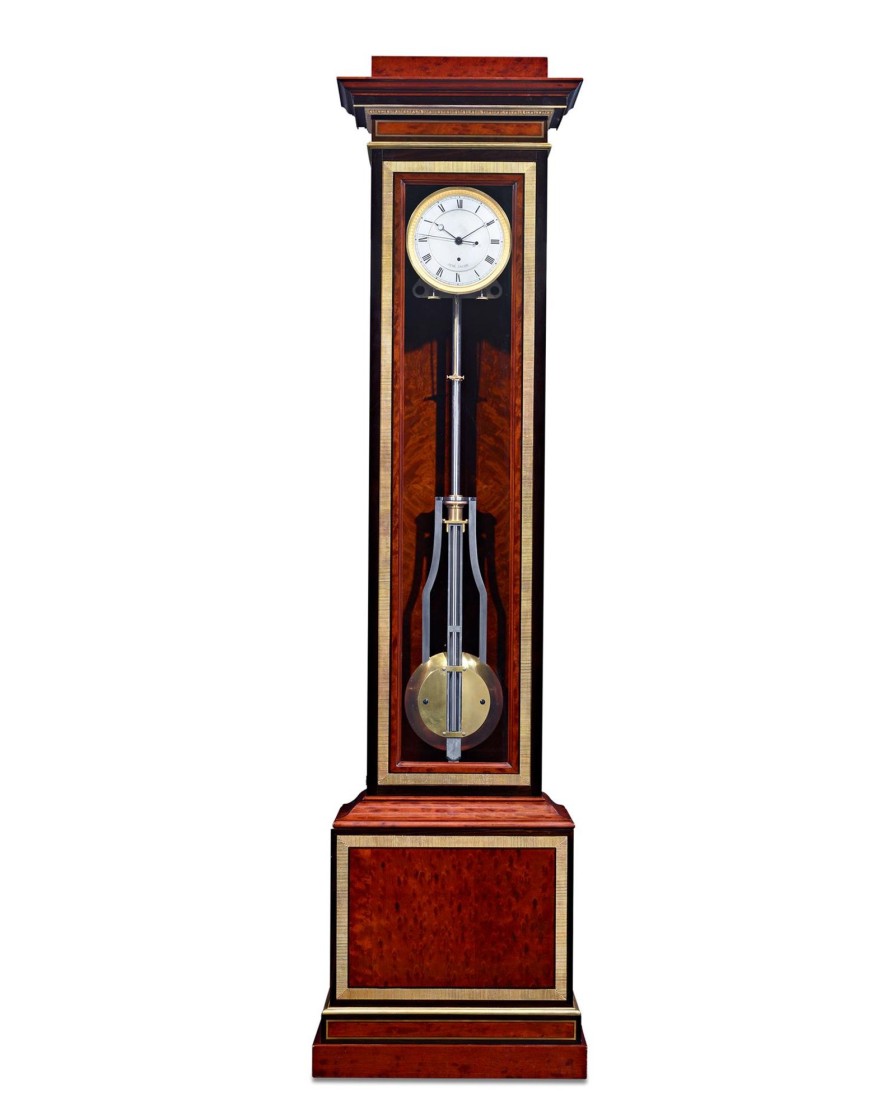
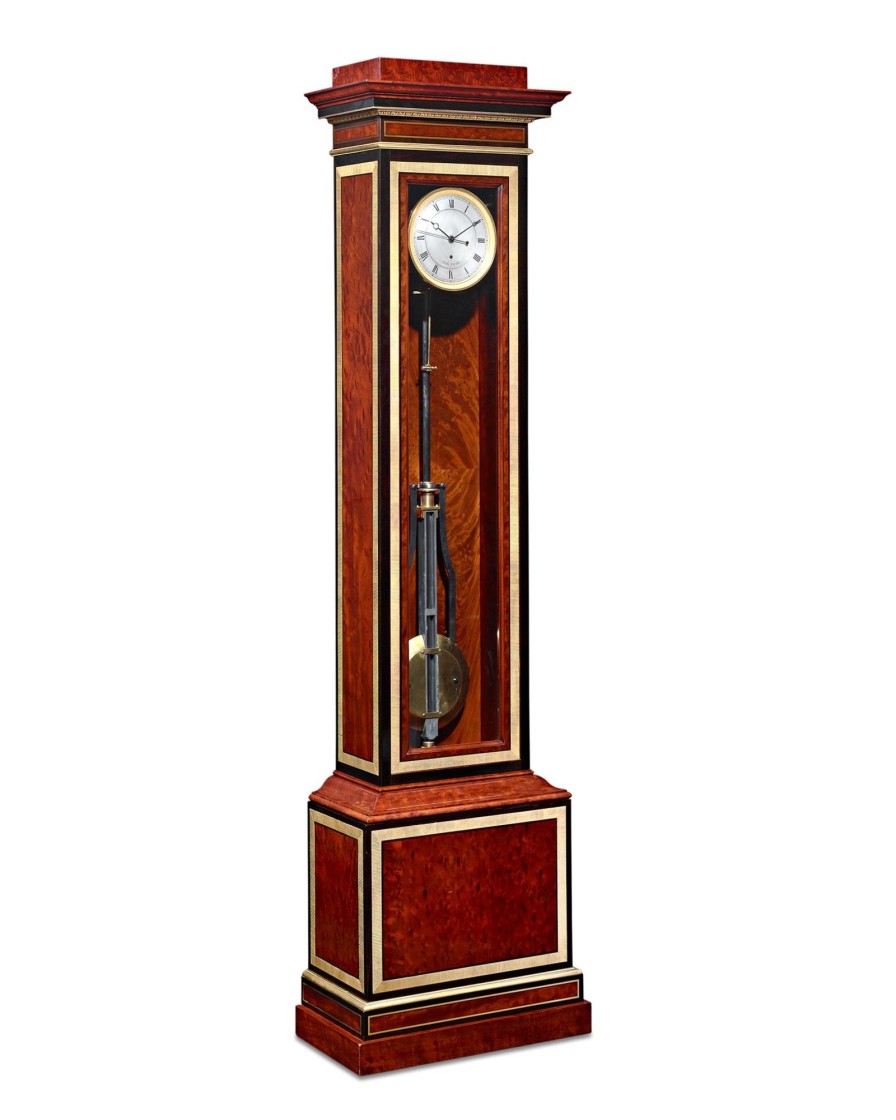

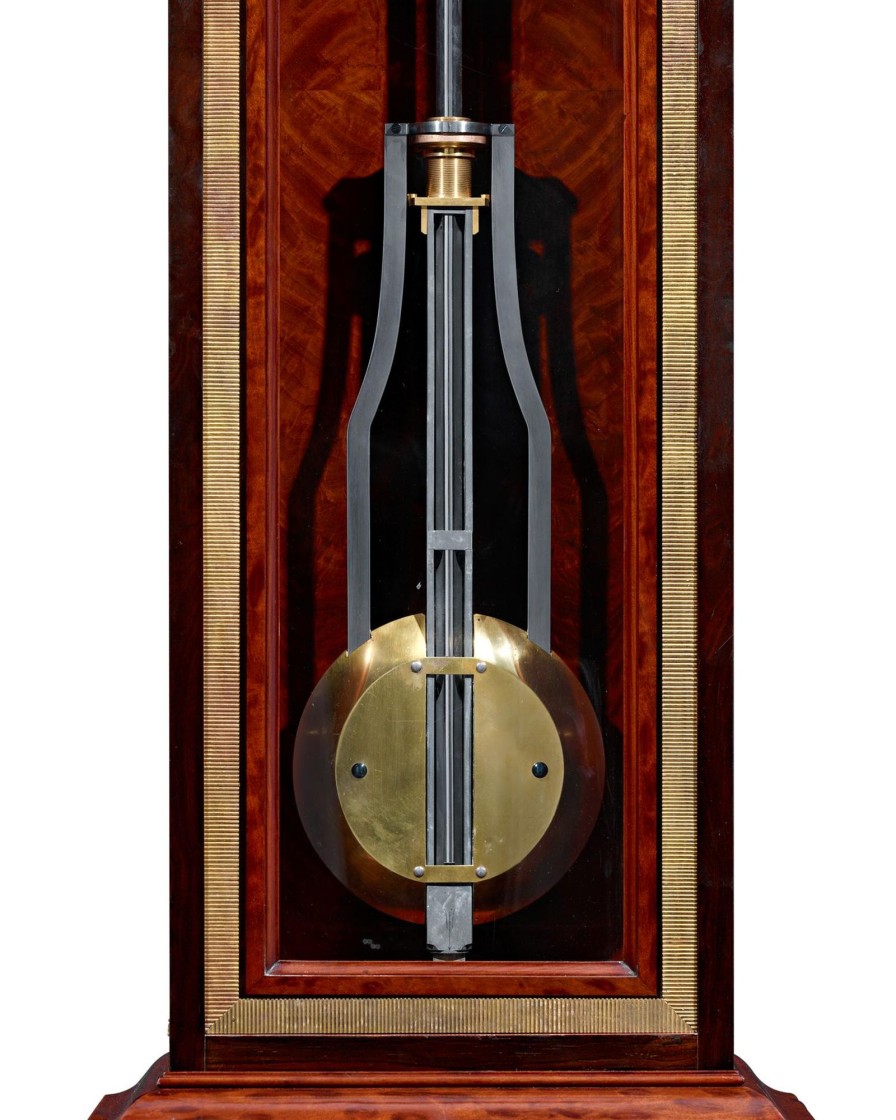
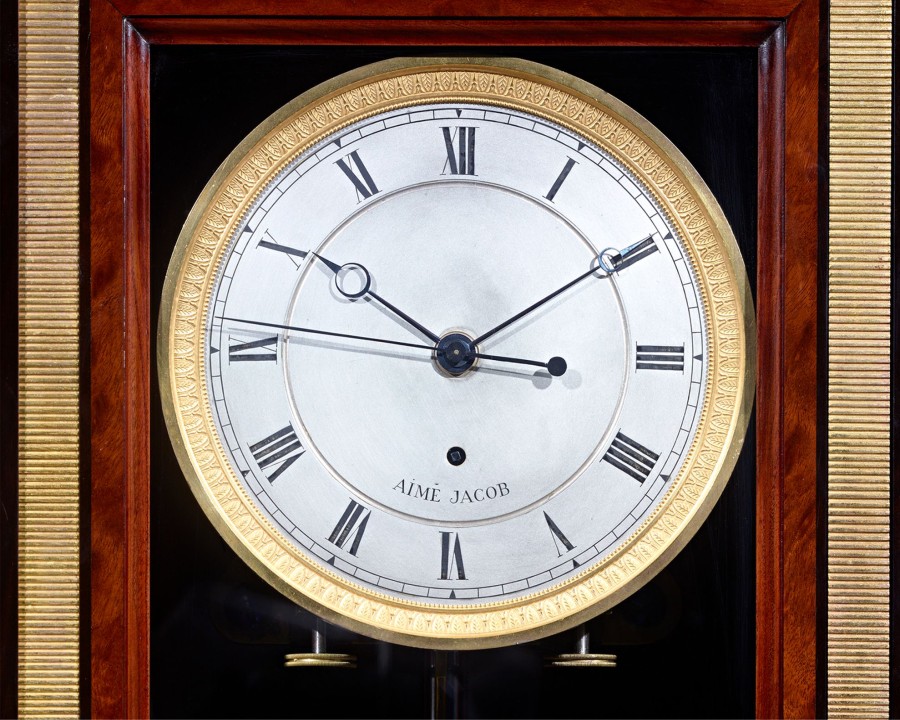

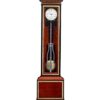
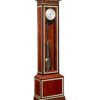

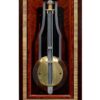
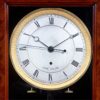
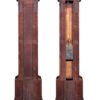

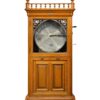

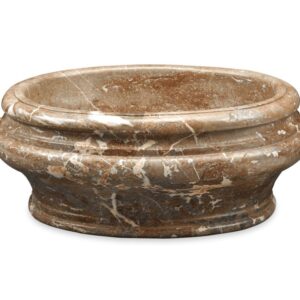
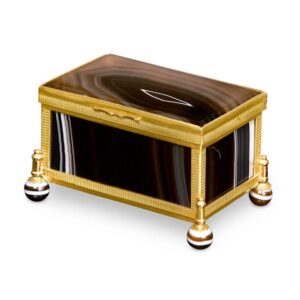



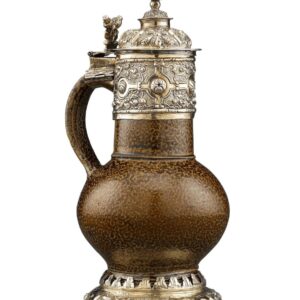
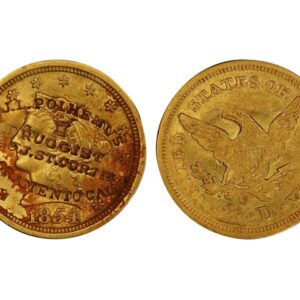
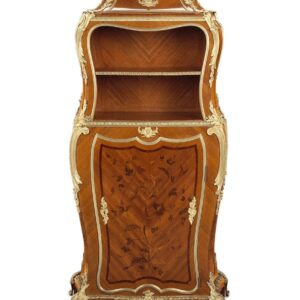
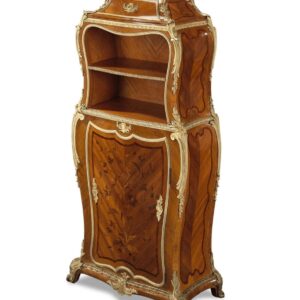
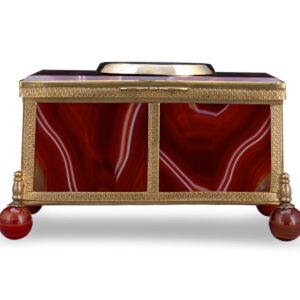


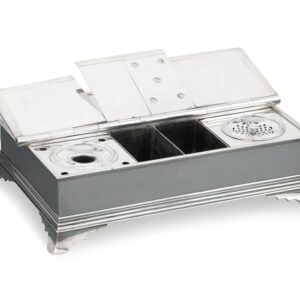
Reviews
There are no reviews yet.